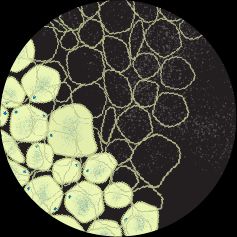Psoriasis plaques may develop on any area of skin, but they affect some areas more often than others.
Psoriasis is a chronic condition that causes patches of inflamed skin, known as plaques or lesions. The inflamed skin may appear red, purple, or brown, depending on the person’s skin tone.
Plaque psoriasis is the
Common locations for psoriasis plaques include the elbows, knees, trunk, scalp, face, and genitals. Some people also develop symptoms on their hands, feet, or other areas of the body.
Getting treatment, avoiding triggers that worsen symptoms, and practicing a gentle skin care routine can help limit psoriasis symptoms. A person’s treatment plan may include over-the-counter (OTC) treatments, prescription treatments, or both, depending on the location of the symptoms and how widespread and severe they are.
A doctor will treat psoriasis as extensive or severe if it covers
Learn more about common places for psoriasis plaques, including how psoriasis may affect those areas and how to manage symptoms there, in the listicle below.

